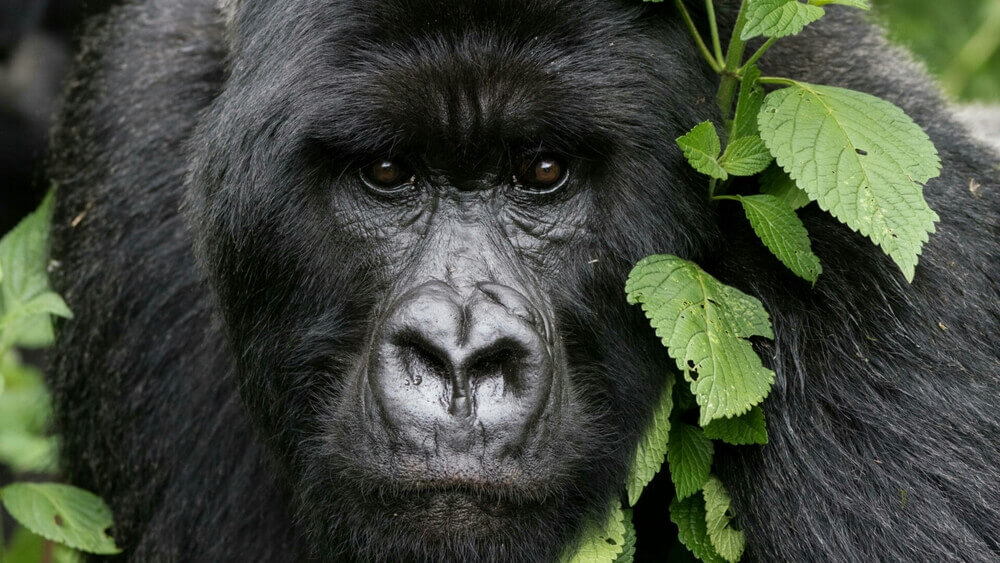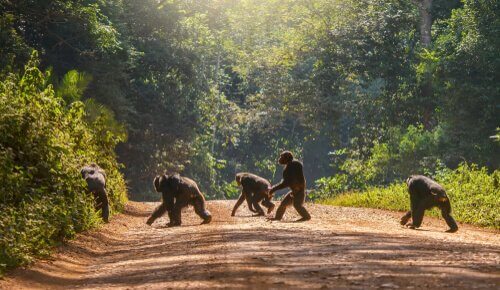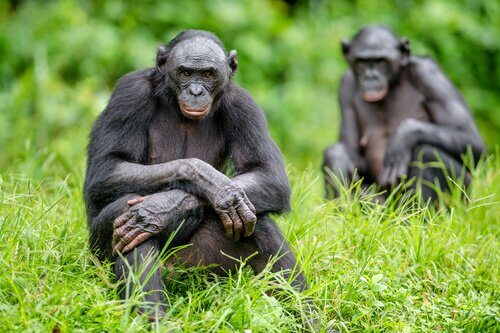The Reactions of Primates Caught on Camera

Camera traps have helped us a lot when it comes to researching the secret lives of wild animals. These animals don’t usually know they’re on camera. But that’s not the case with the primates that researchers have caught on camera in Africa. Now, a study has actually collected the differing reactions of chimpanzees, bonobos, and gorillas.
We have the Max Planck Institute for Evolutionary Anthropology to thank for the images. Their goal was to see if primates changed their behavior when new objects, like these camera, entered their natural habitat.
What is a camera trap?
Camera traps are a fundamental part of this research. Compact and with long-lasting batteries, they’re hidden digital cameras that shoot photos and videos any time they detect motion. This allows us to perform a census of certain animals and study their behavior.
Although camera traps and similar devices are common in scientific research now, we still don’t know if they change wild animal behavior in any way. A lot of the knowledge we have about some of the shier animals in the world come from these cameras. However, we still need to know if they’re changing the animals’ behavior.

A study about the primates caught on camera
A study about this led by the primatologist Ammie Kalan was recently published in Current Biology. According to their research, when primates are caught on camera, specifically great apes like bonobos, chimpanzees, and gorillas, they notice the cameras and change their behavior.
This wasn’t a complete surprise, because it wasn’t the first time we had seen it. They did their study with 43 groups of great apes spread over 14 different fields of research in Central Africa.
What really caught the researchers’ eye was that the different species of primates they caught on camera all had very different reactions.
The researchers saw this as a lesson for future studies to be less invasive with these fascinating animals. We’ll have to find better ways to hide them or familiarize the primates with them so that they don’t change their behavior.
Different species, different reactions
Let’s start with chimpanzees. They seemed mostly unaware of the cameras, or didn’t show much interest or fear. Gorillas and bonobos had a very different reaction. They both seemed to be much more concerned about the appearance of these new objects, though in some cases that turned into curiosity.
Bonobos seem to be the most afraid of the cameras out of all the primates, but they’re also the most curious about them.

Still, the results obviously depend a lot on the specific primates and primate populations they studied. The ones from more remote areas have a much bigger reaction to these cameras, and the ones closer to humans seem less curious and/or afraid.
The researchers also found that the youngest animals were the ones that focused the most on the cameras, especially when they were alone or in small groups.
But the reaction that truly caught the researchers’ attention was the bonobo’s. It’s completely different from the way the chimpanzees reacted, even though they’re close relatives. They think that this might have to do with bonobos’ leadership structure. They’re much more equal and reactions like fear spread much more quickly through a group.
All cited sources were thoroughly reviewed by our team to ensure their quality, reliability, currency, and validity. The bibliography of this article was considered reliable and of academic or scientific accuracy.
- Kalan, A. K., Hohmann, G., Arandjelovic, M., Boesch, C., McCarthy, M. S., Agbor, A., … Kühl, H. S. (2019). Novelty Response of Wild African Apes to Camera Traps. Current Biology. doi:10.1016/j.cub.2019.02.02
